OsteoMed ExtremiFuse Hammertoe Fixation System
For treatment of Hammer toe/Claw toe (PIP/DIP)
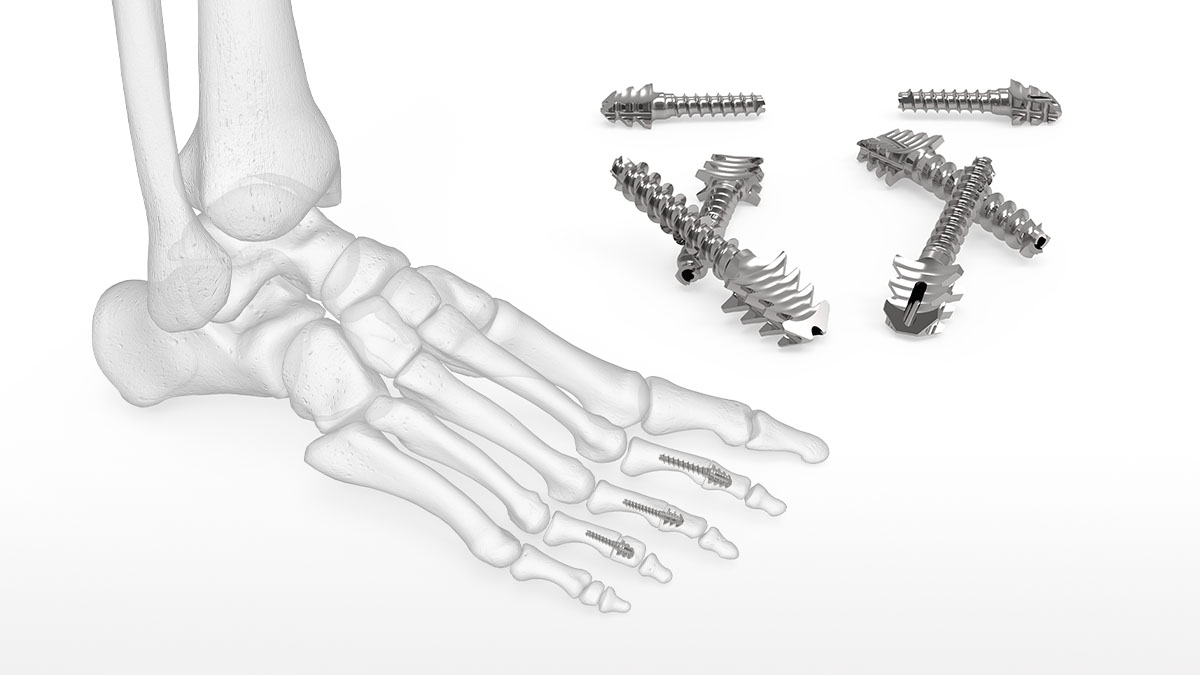
Overview
The ExtremiFuse™ Hammertoe Fixation System is designed to treat hammertoe deformities of the second, third, or fourth toe. Offered in three diameters at two angles, the system integrates OsteoMed's established screw technology with an innovative quad-barb design.
Related Documents
Also related to Hammer toe/Claw toe (PIP/DIP) procedure:
Acutrak 2 Headless Compression Screw System
The Acumed Acutrak 2 Headless Compression Screw System is the latest evolution in fully threaded headless screw fixation, with intuitive instrumentation designed to simplify the surgical technique....
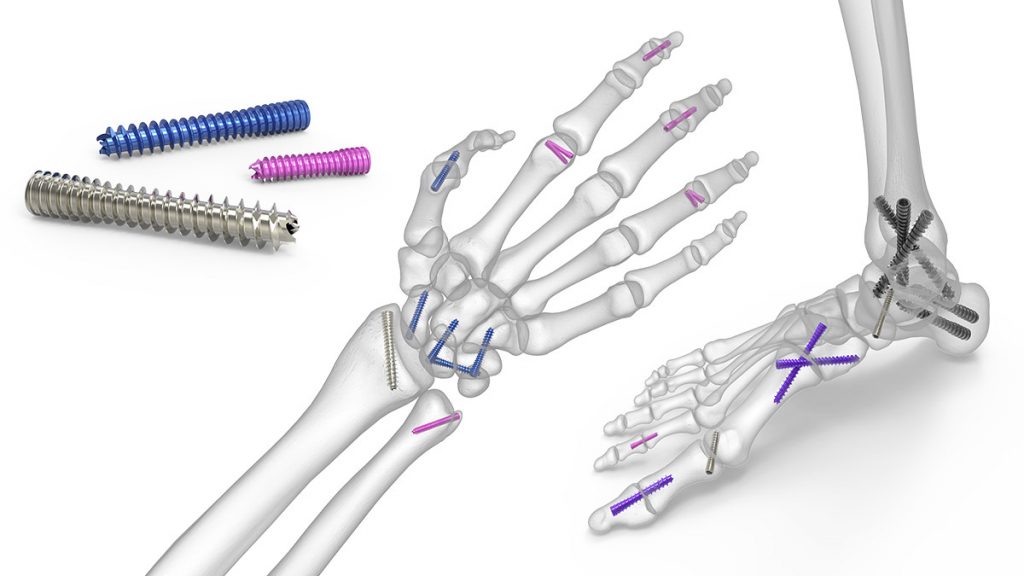
Acutrak 3 Headless Compression Screw System
Acutrak 3 is the latest innovation in our headless compression screw technology and is comprised of 93 unique screws that include the introduction of a new 2.0 mm diameter Nano screw and extensions to...
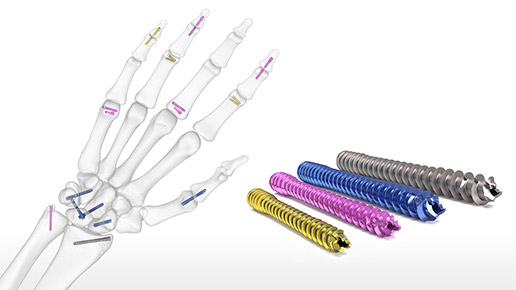
OsteoMed ExtremiFix Cannulated Screw System - Mini & Small
The OsteoMed ExtremiFix Cannulated Screw System | Mini & Small is designed to provide a minimally invasive method of anatomical fixation, and is indicated for use in bone reconstruction, osteotomy, ar...
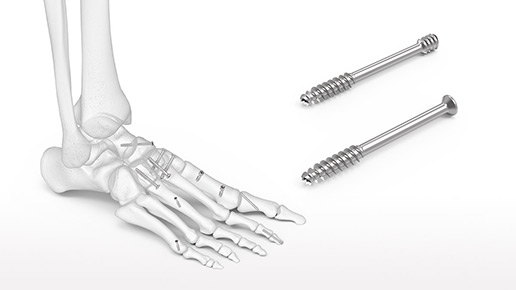
OsteoMed Inion FreedomPin
The resorbable Inion FreedomPin is indicated for maintenance of alignment and fixation of bone fractures, osteotomies, digital arthrodesis, or bone grafts in the presence of appropriate additional imm...
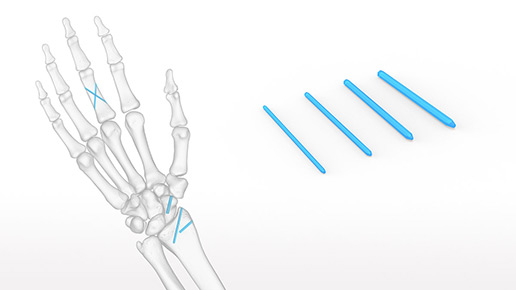
OsteoMed Inion OTPS Pins
The Inion OTPS Pins are indicated for maintenance of alignment and fixation of bone fractures, osteotomies, digital arthrodesis or bone grafts in the presence of appropriate additional immobilization ...
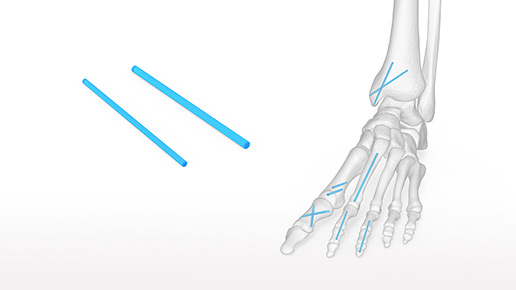
Hammer toe and claw toe are toe deformities that affect the proximal interphalangeal (PIP) and distal interphalangeal (DIP) joints.
Hammer toe: The PIP joint bends downward, while the DIP joint extends. This deformity usually affects one or two toes. Hammer toe is often associated with bunions. Claw toe: The PIP and DIP joints bend downward, while the metatarsophalangeal (MTP) joint hyperextends. This deformity can affect multiple toes and may have a neurological cause. Claw toe is common in people with high arches. Both conditions are often caused by ill-fitting shoes, such as shoes that are too short or pointed. High heels can also contribute by pushing the foot down and forcing the toes into the shoe. Over time, the toes can become fixed in a bent position and won't straighten out.
Video Tour
OsteoMed ExtremiFuse Hammertoe Fixation System Surgical Technique Overview
In this animation, surgical technique steps for the ExtremiFuse Hammertoe Fixation System are overviewed.